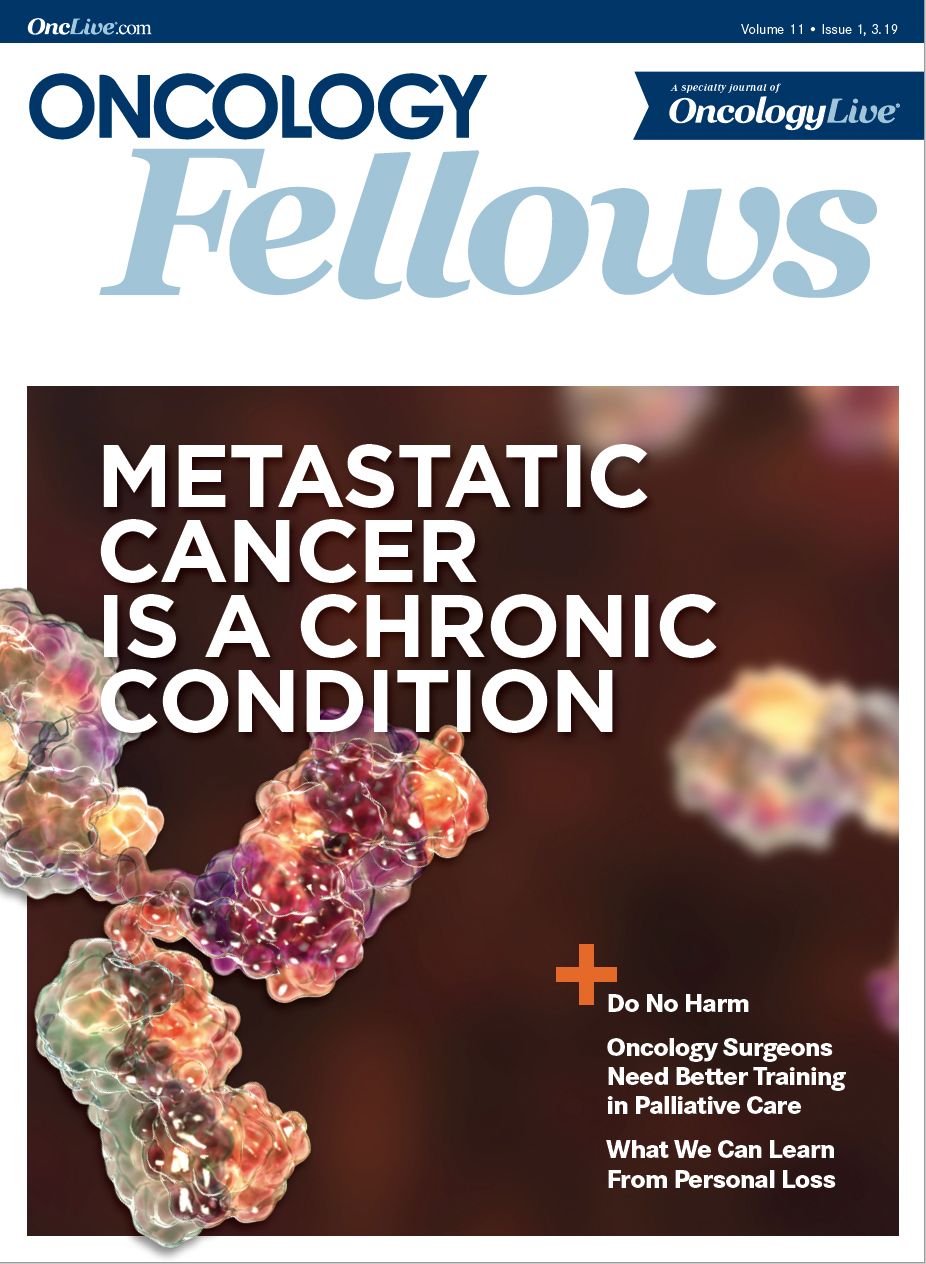Publication
Article
Do No Harm
Author(s):
It is hard as a physician not to feel the sting of failure when you lose a patient. Yet, it serves as a reminder that at the end of the day, we uphold our oath by knowing when enough is enough, by ensuring that there is dignity, not only during life, but also in death.
Inas Abuali, MD

Inas Abuali, MD
My chair scrapes across the frayed carpet as I shuffle and readjust my posture. There is a slight hum in the background from the fluorescent lights. Do I keep my back straight or does this make me appear too tense? My pager vibrates incessantly, and I try not to mentally go over my growing to-do list, the pending orders I still need to place, the patients I need to reexamine, the endless documentation to write.
I am in the medical intensive care unit’s family conference room sitting across from my patient’s daughter and 2 siblings. Each flew in from different parts of the country over the past 2 days in response to my phone call telling them that their loved one was in critical condition and may not make it through the week.
Too often, I find myself in this situation, where a patient has exhausted all lines of therapy and I am sitting across from their family trying to decide when enough is enough. The brother drums his fingers nervously across the table, looking at me with a determined gaze. The sister appears dazed; dark circles underneath her eyes, tears glistening with a glimmer of hope. The daughter looks resigned, eyes fixed on the muted TV screen hanging on the wall behind me.
In a 2010 article, Atul Gawande, MD, MPH, wrote, “In the past few decades, medical science has rendered obsolete centuries of experience, tradition, and language about our mortality, and created a new difficulty for mankind: how to die.”1
Physicians are taught how to deliver bad news. We initially learn about it in the abstract while sitting in a lecture hall in medical school. Then we observe residents and attendings do it. Then one day, you are the one in the white coat at the other end of the table, leading the family meeting, the term for the conversation with family members when we are expecting the worst. The “goals of care discussion” ultimately falls on you as an oncologist as you try to honor the oath to “do no harm” when salvage therapies are available and families want to exhaust every possibility.
A mentor once told me, “Never walk into a family meeting with the intent of pushing your own agenda.” I remind myself that what is a routine day for me is likely the worst day of their lives.
No matter how tired you are or how busy, you need to be present; the next 30 to 60 minutes demand your undivided attention. Consider your body language, and weigh your words carefully, knowing that this encounter will stay with them for a very long time. This meeting could be a source of solace or grief for years.
Before morning rounds, my resident said to me, “He is mechanically ventilated, on 3 vasopressors, with multiorgan failure. We doubt that there will be any meaningful neurological recovery in the setting of a catastrophic CVA [cerebrovascular accident].”
Those words mean very little to anyone outside the medical field. Instead I say to the family, “The infection has spread throughout his body. The machine is breathing for him, and he needs a lot of medications to help his heart pump blood to the rest of his body. He had a big stroke that has likely affected his ability to wake up or breathe on his own.”
They stare at me as I do my best to explain in simple terms how his metastatic cancer has left him in an immunocompromised state that is worsened by neutropenic adverse effects from his chemotherapy. I tell them that there has been one complication after another over the past few days.
“Do you think he can recover and get back to where he used to be?” his daughter asks. “Two weeks ago, he was playing with the grandchildren in the backyard.”
I pause. Research has shown that clinicians’ abilities to prognosticate outcome are often imprecise. We do what we can in attempting to map out a trajectory according to each individual’s progress, but there is always a chance for error.
I confess that, on occasion, I am haunted by decisions I’ve made. I wonder if, in the past, I’ve given up too soon.
“I don’t think he can,” I reply. “I don’t think that he can come off the breathing machine. And I am worried that he has too much brain damage.”
In 1 published study, more than 50% of caregivers reported regret about end-of-life care for a patient with cancer. Results from that study showed that better patient quality of death reduced the risk for bereavement regret.2 It falls on us to tell patients and their loved ones when our therapies are doing more harm than good.
My goal is to always remind the family that, ultimately, the burden of decision is not on them. Rather, they merely serve as the voice of their loved ones. “What do you think he would have said if he was sitting here with us?” I ask during a lull in our conversation.
“He was full of life and very proud of his independence. He wouldn’t have wanted this,” his brother says, his shoulders slumped. The family had talked about what my patient would want if the disease progressed and recovery became unlikely. He wanted to fight for as long as it made sense. It no longer did.
His sister and daughter nod in agreement, and we spend the next few minutes discussing further steps in terms of transitioning to comfort measures.
“Thank you for everything,” his daughter says quietly.
It is hard as a physician not to feel the sting of failure when you lose a patient. Yet, it serves as a reminder that at the end of the day, we uphold our oath by knowing when enough is enough, by ensuring that there is dignity, not only during life, but also in death.
References
- Gawande A. Letting go: what should medicine do when it can’t save your life? The New Yorker. newyorker.com/magazine/2010/08/02/letting-go-2. Accessed December 24, 2018.
- Garrido MM, Prigerson HG. The end-of-life experience: Modifiable predictors of caregivers’ bereavement adjustment. Cancer. 2014;120(6):918-925. doi: 10.1002/cncr.28495.










